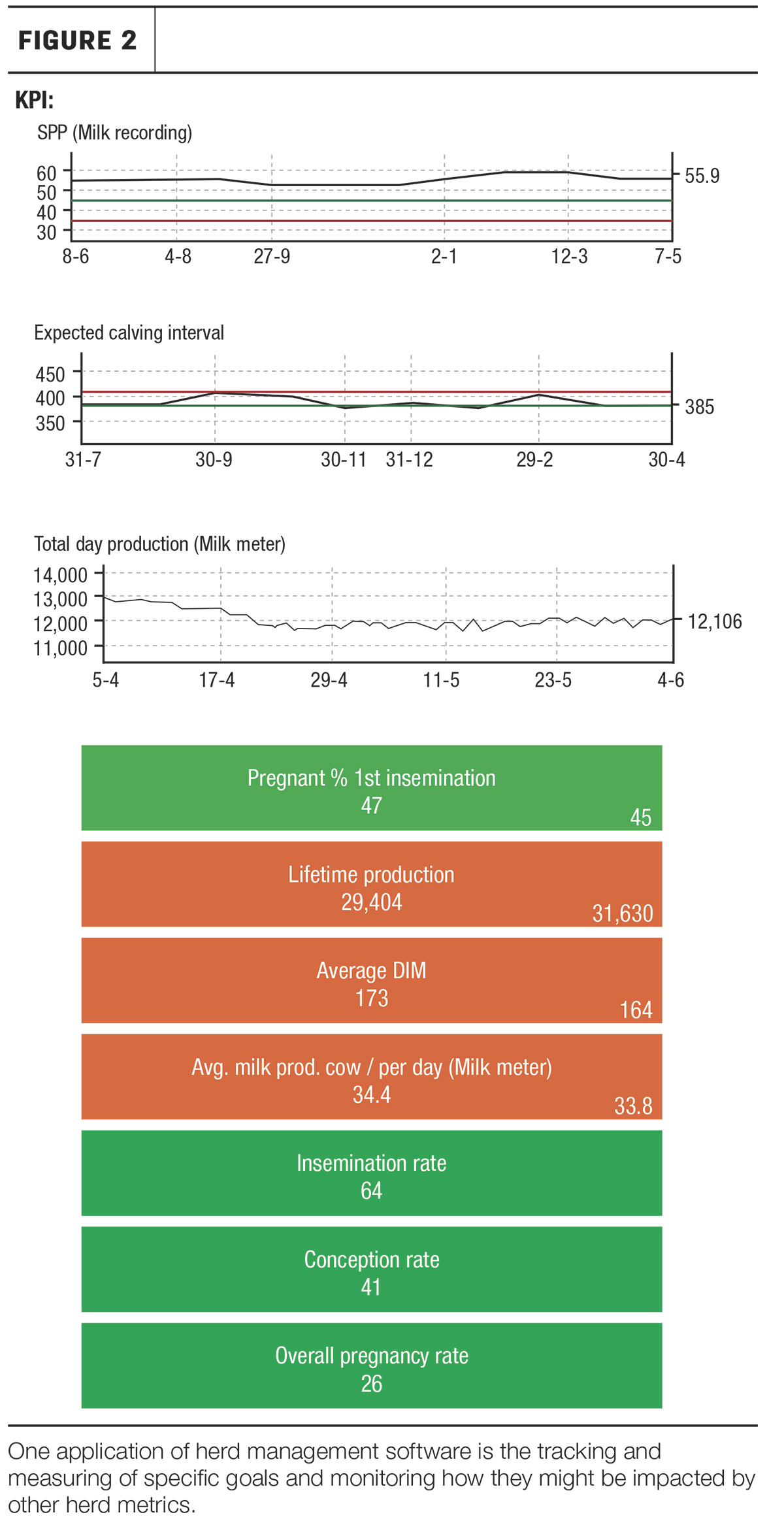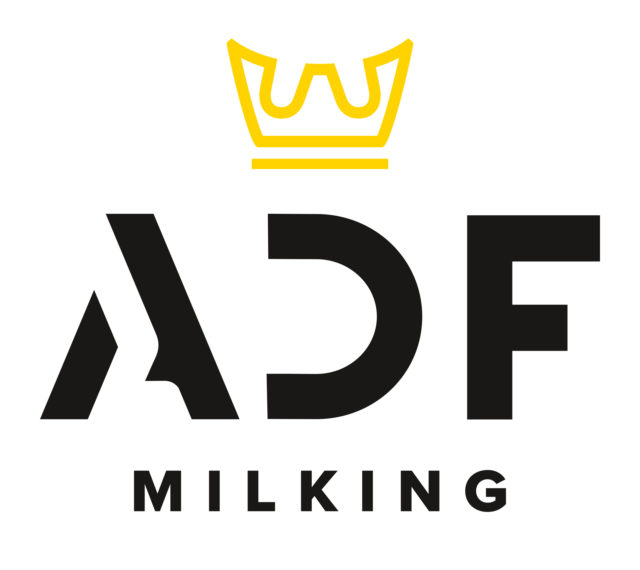Using herd management software on farms is not a new concept. Over the years, the dairy industry has seen various technological advancements and a multitude of options for herd management. But why exactly is using software so advantageous for you and your herd? Ultimately, it comes down to your goals, wants and needs.
Goals
Whether in agriculture or any other business, goals give us the drive to wake up every morning and get to work. These goals may be based on production, financial targets or personal objectives.
So how can herd management software help us achieve these goals? Goal setting often starts with the SMART (specific, measurable, achievable, relevant and time-bound) strategy.
Herd management software allows you to see the specifics of your goal. It makes your goals measurable, giving you statistics specific to your herd, not information based on assumptions. The ability to track your herd and farm activities through software enables better judgment on what is achievable. A platform with this functionality helps you monitor progress toward your goal, observe its relevance to your herd and assess its impacts on the animals and other aspects of the farm. Finally, herd management systems allow you to track progress over time, helping you set realistic, time-bound limits based on current farm conditions.
Linking your herd management system with other systems like a feeding station or activity system and simply adding more information into the management system, like DHI testing results, will facilitate a more comprehensive reflection of your herd. Grouping all your herd data in one software helps you pinpoint the areas that need work, improving your ability to achieve your goals and analyze your farm to continue setting realistic, attainable goals (Table 1).

Wants
What are our wants? Do we want to be more organized, save time or have easier access to information? While pen and paper can achieve similar results, how often do you have a pen and paper in your pocket? It is far more likely that you always have your cellphone with you.
An online survey conducted in Ontario on calf health and barriers to recording health events found that lack of time (28%) and lack of analysis (28%) were the main barriers. However, when asked if recording illnesses on a mobile app were possible, 71% of respondents said they would do so; this is made easier with herd management software.
While pen and paper could address recording issues, analyzing information remains difficult. Furthermore, the nature of paper makes it riskier, as it can be spilled on or chewed up by calves. Using a mobile app (see example in Figure 1) saves you time by eliminating the need to record the same information multiple times and ensures you can share the information with everyone who needs to see it. In most cases, herd management software has multiple users from the same farm team on their apps, so information sharing is only a simple click away. Although there are other options besides a herd management app, not every option meets all farm needs. Making the right choice for your farm involves looking at the bigger picture, and herd management software helps with that.

Needs
A farm needs to know how it’s doing to ensure its survival. Thankfully, farms do not need to rely completely on their herd management software for an understanding of their performance.
Consultants and experts are available to help you make informed decisions and guide you toward what is best for your farm’s well-being. However, a consultant cannot help without knowing what they are working with. Using herd management software provides details, analysis and consolidates all necessary information in one area, allowing consultants to analyze data quickly and easily without spending hours entering it.
Despite the value consultants provide, on a day-to-day basis you still need to know how your herd is doing. Knowing your conception rate, pregnancy status or upcoming calving events is necessary information to make informed decisions for your herd and farm. Why not have this information readily available on a screen or at your fingertips on your phone?
In summary, herd management software offers significant advantages by helping farmers set and achieve goals, meet their wants and fulfill their needs efficiently and effectively. When looking into herd management software, here are the top five things you should be looking for:
- User-friendly interface: Make sure you are comfortable navigating the software. Can you see the information you are looking for daily upon opening the program, or do you need to search for it?
- Easy data entry: The best way to make the most of your app is to enter the most data possible. To be able to do so, find a program that makes that step easy. The easier it is to enter data, the more motivated you will be to take the time to enter all sorts of information.
- Practical tools for analysis: Make sure you have access to all the analysis you want and need.
- High-quality app: Most programs now include a mobile app when you get a herd management system. Make sure to get a high-quality app that works well, lets you enter your data simply and lets you see your herd information clearly.
- Excellent service: The hardest part of starting with a herd management system is the same as learning any new skill. Make sure you buy software that includes training and after-sales service for all your questions. Excellent service will make the transition much easier.
References omitted but are available by sending an email to the editor.
Example: How herd management software can assist with applying the SMART strategy for setting a goal
Suppose you want to improve average milk production per cow per day from 34.4 kilograms to 38 kilograms to ensure you always fill your monthly quota by the end of next year. Thanks to your management system, you will be able to make this goal specific, as you know your current production per cow per day. You will also be able to measure this feature because your system supplies you with many graphs and tables that allow you to analyze how your herd is performing overall. You can see specifically which lactating animals have more difficulty starting up production or which lactating groups drop down in production too quickly. Once you analyze your herd’s lactation curves, you can consider fertility rates and see the impacts of insemination intervals and expected calving intervals (Figure 2).

These represent only two examples of the multitude of information that could be used to make specific, measurable, achievable, relevant and time-bound decisions for your SMART goal strategy.










